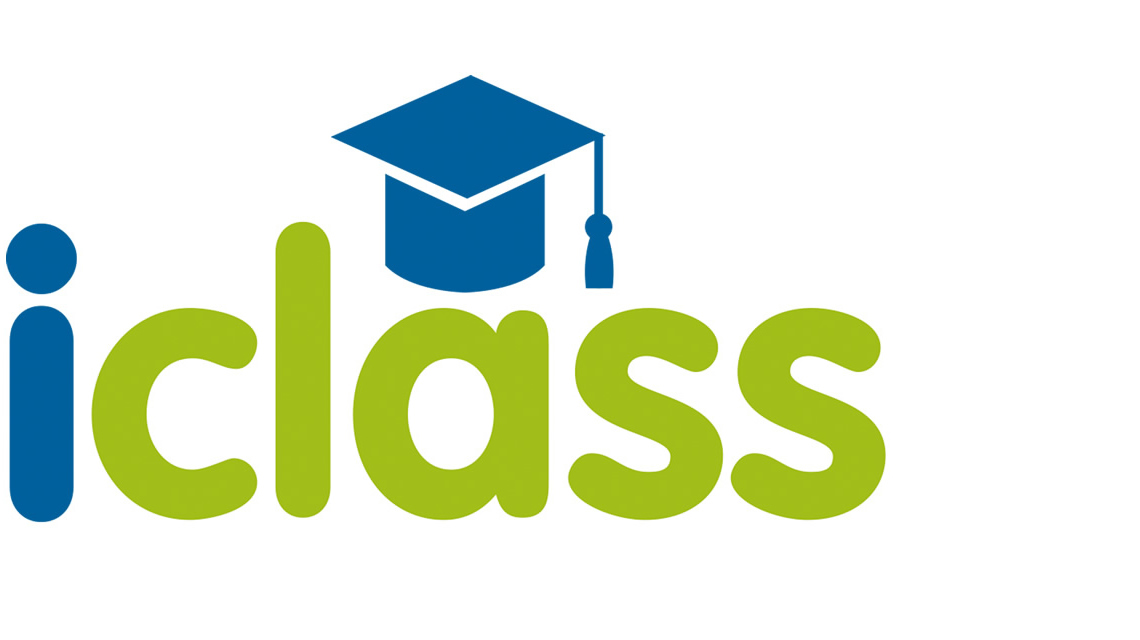
Blogs are a free (and fun!) way to connect with students and parents outside of the classroom. It’s simple to get started – all you need is something to write about. Share new teaching ideas, classroom successes, or plans for the year. Here are 5 reasons to start blogging!

1. Connect with students outside of the classroom
Using a blog, teachers can engage with their students by publishing content that is convenient and relates directly to specific classes and topics. The ability to learn does not end when the class ends, and neither should the ability to teach. A blog post can be created and published quickly in order to reach the students in a moments notice. Whether it is a reminder about an assignment or more details on classroom topics; a post is convenient for both teachers and students.
2. Post relevant and helpful guides to students
Teachers are able to provide students with tips and tricks for specific assessments in a frequent and relevant manner. New project? Create a post outlining the assignment with extra advice and links to websites for research. Blog posts allow students to benefit from readily accessible information and feel well informed about topics discussed in class.
3. Keep parents informed
A blog can also keep parents informed about the topics their children are learning in class. Teachers posting information about specific projects, assignments, and tests can also be directed at parents. These posts will equip parents with the information and tools necessary to help their own children succeed.
Nearly 65% of Parents in a study completed by Public Agenda said that they wish they could be more involved in their child’s education.
Additionally, about 55% of Parents felt that parent involvement could be improved by “knowing more about what benchmarks and skills your child should be mastering at the end of every school year”. The more informed parents are about their child’s education the more helpful they can be for teachers.
4. Post additional information for students to use
With limited time in the classroom, teachers can post additional information for students related to specific topics and assignments. A blog can provide students will simple tasks, videos and articles to read after school. Homework need not be limited to mundane paper assignments but instead can incorporate different types of media and sources. Examples of media that could be incorporated as homework in a blog post include a Ted talk or podcast.
5. Freedom to customize the course or classroom
Blog posts can be simple and extremely easy for teachers to use. With a simple format, teachers do not need to spend extra time creating pamphlets or slide presentations. Teachers may post information in a manner that they think will be helpful for their students and classroom. Aside from students, teachers can ease communications with parents and determine how involved they want parents to become.




 stock
stock 




 UK + 442895907779
UK + 442895907779 customerservice@iclasscms.com
customerservice@iclasscms.com




